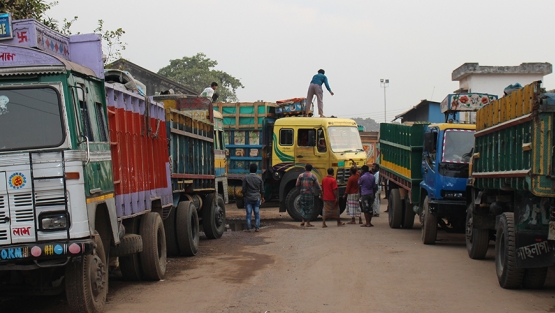Impediments that previously prevented governments from adopting new innovations were often not related to the technology itself – but a reluctance to disrupt existing ways of working.
Adopt and expedite paper-less trade
At this time, when it is incumbent upon everyone to reduce face-to-face interactions to halt the spread of the pandemic, technology and automated systems should be leveraged. Electronic National Single Windows (NSW), already under development in Nepal and Bangladesh with the support of the World Bank, will help facilitate trade by allowing importers and exporters to file all import, export and transit information via a single electronic gateway and reduce face-to-face interactions.
Nepal and Bangladesh can benefit from optimizing the functionality of ASYCUDA World (Automated System for Customs Data), a computerized system to manage cross-border shipments, to introduce available modules for paper-free processing and customs clearance. Bhutan can upgrade the semi-automated and paper-based Automated Customs System (BACS) to a web-based system.
Customs authorities in India can extend the implementation of the faceless assessment program to the border crossing points with Nepal and Bangladesh and reorganize staff to reduce face-to-face interactions between officials and traders.


